Cuando se habla del tratamiento de materiales de desecho, la palabra reusar o reciclar salta a la mente como primeras opciones, y si bien son las salidas más comunes ante el aumento desmedido de objetos que se pueden aprovechar para otras finalidades, hay personas que ven más allá y buscan no solo reusar, sino convertirlos en arte.
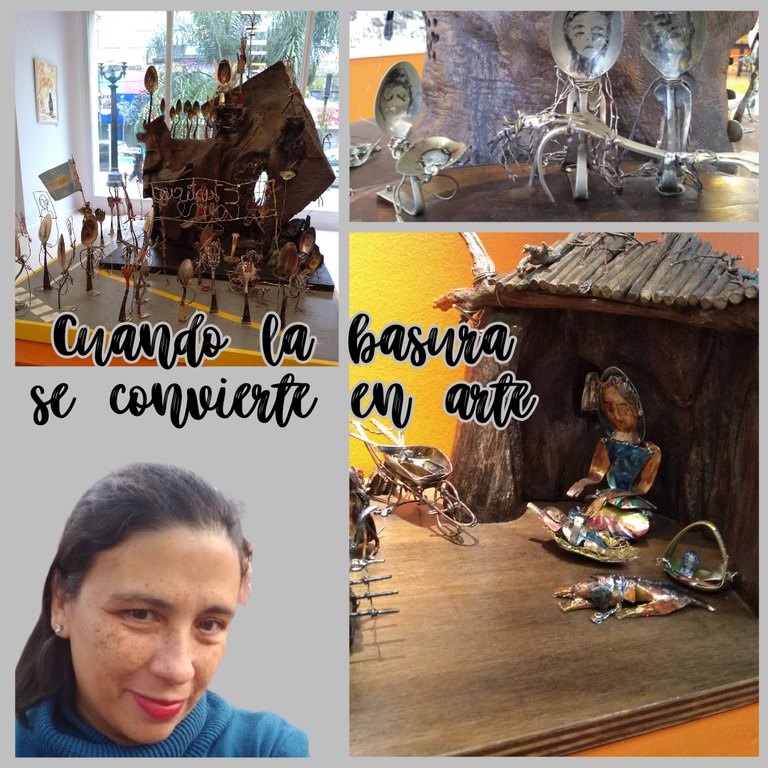
Y es que muchos artistas encuentran en materiales poco convencionales, una inspiración que los lleva a reusar desechos para crear objetos que seguro no serán nuevamente material destinado a engrosar los montos de basura en algún vertedero.
Poder moldear figuras enormes con el plástico de las botellas PEP, de las cuales inclusive sacan bloques útiles para la construcción, reutilizar el caucho de los neumáticos para hacer suelas de zapatos o parques infantiles, vitrales realizados con trozos de vidrios o espejos rotos, son las maneras más comunes de ver cómo son reutilizados algunos materiales.
Sin embargo, en una visita a una galería de arte, me topé con esculturas realizadas con cubiertos metálicos desechados. De hecho, ya hablé de un enorme tablero de ajedrez, cuyas piezas se hicieron de la misma manera. Pero ahí también encontré otras muestras de cómo el artista sacó provecho del metal y las formas de estos cubiertos antiguos.
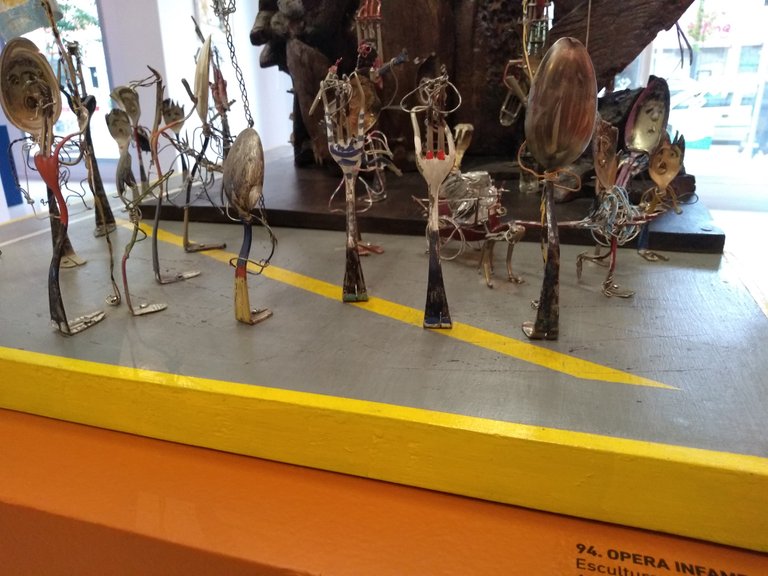
En la obra titulada "La Ópera Infame" nos muestra tenedores y cucharas siendo público y dirigentes en una especie de reunión política al aire libre, en la que las masas aclaman a algunos pocos que pareciera ofrecer la solución a sus problemas. El detalle está en la parte posterior, donde vemos una pequeña familia encadenada sufriendo en silencio, a escondidas, por las malas decisiones de la mayoría.
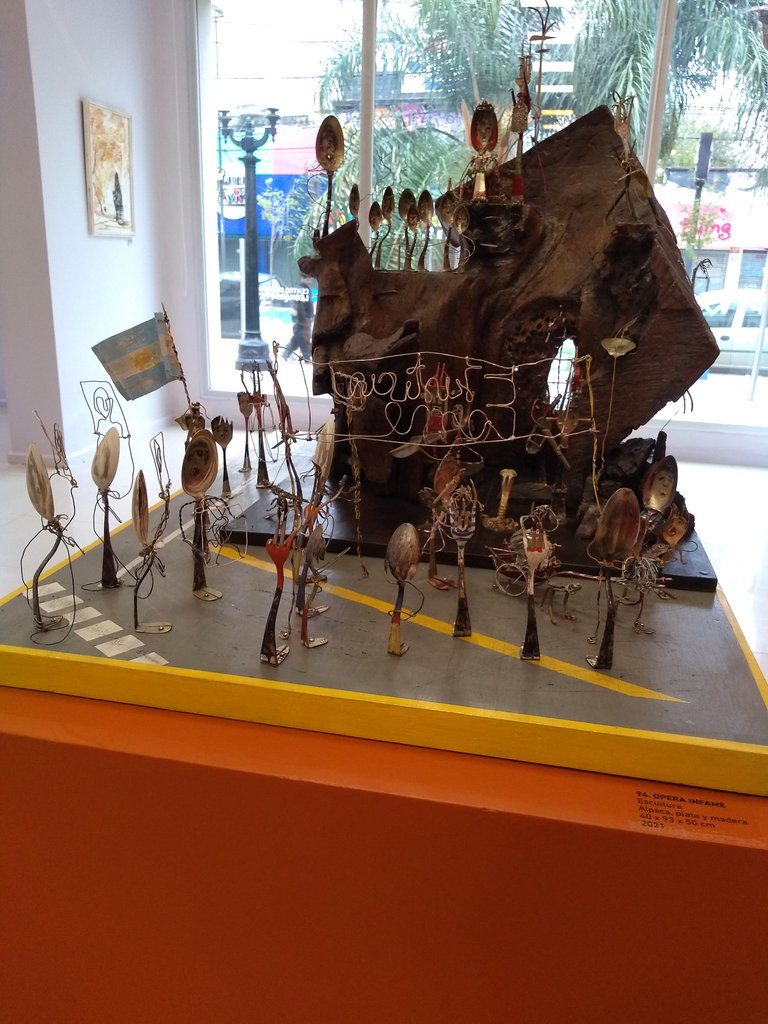
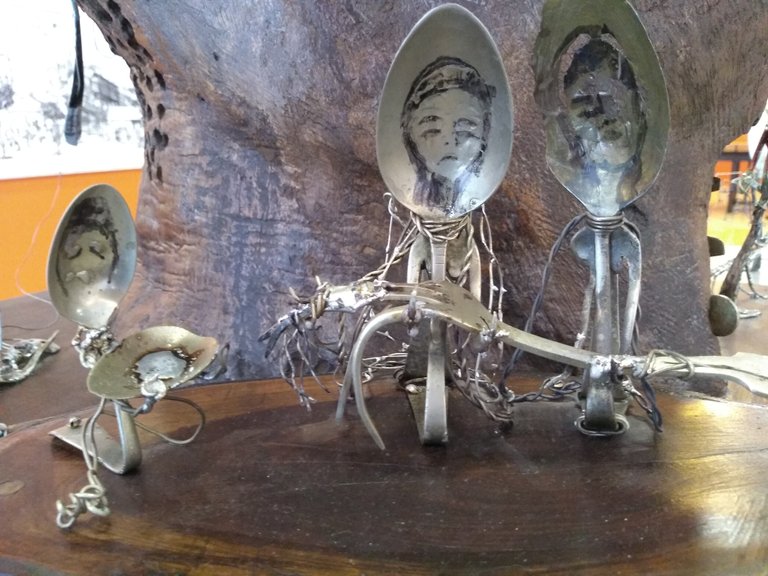
Otra obra, titulada "la muñeca rota" nos muestra la figura de una fémina con un cochesito donde va otra figurita más pequeña. De ello, pareciera ser la demostración del embarazo adolescente, pues es la representación de una niña que debe hacerse cargo de otra, pero sin contar con la madurez necesaria para ello.
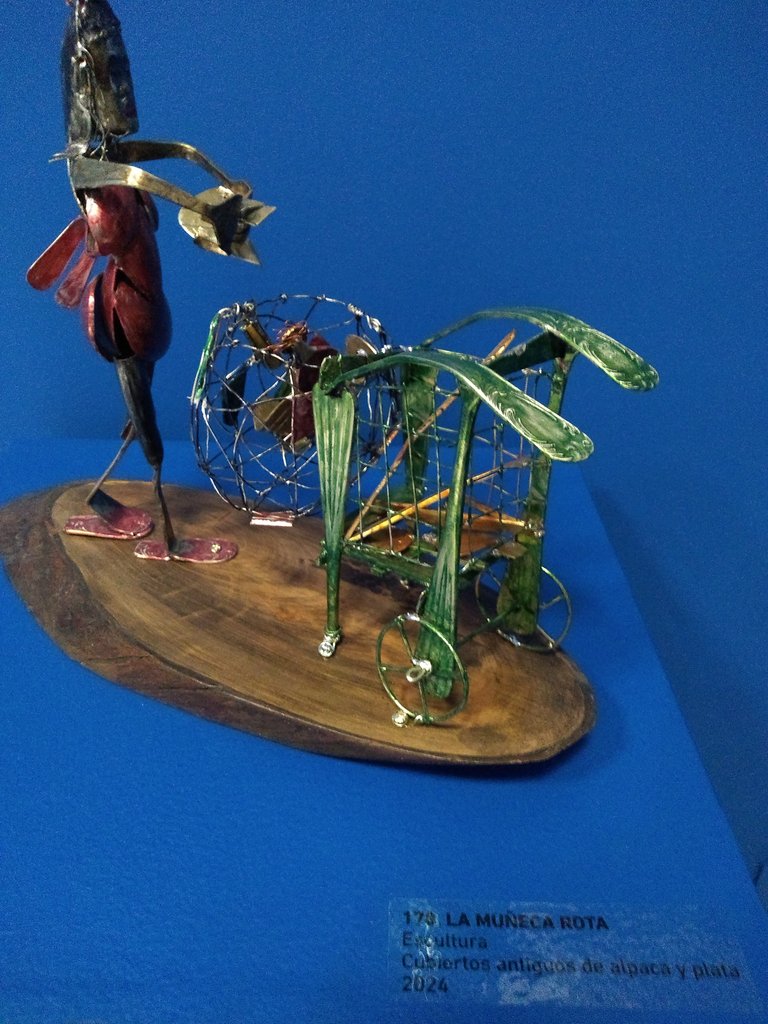
Y una tercera, es la representación de un pesebre moderno, en la cual se ve a una pequeña familia recibiendo a su bebé en un espacio humilde, donde los padres se esfuerzan por darle seguridad a su recién nacido, con las pocas pertenencias que tienen.
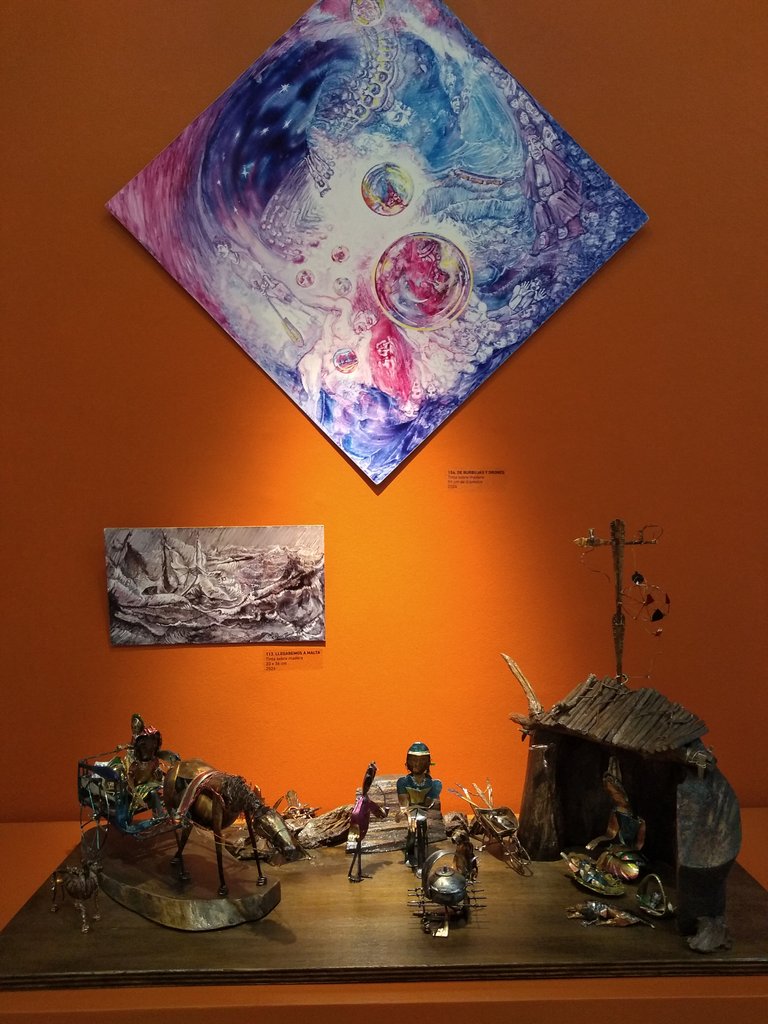
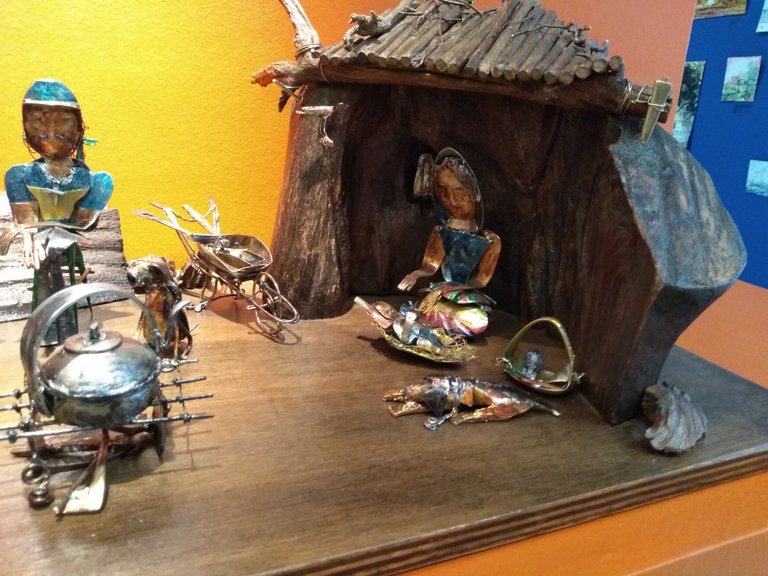
Quizás estas obras del artista Carlos Pérez Turco no tengan la estética a la que estamos acostumbrados cuando se nos habla de arte, pero reconozco que han sido una excelente manera de convertir esos objetos desechados por otros, en unas estructuras que tienen una larga vida garantizada.

When talking about the treatment of waste materials, the word reuse or recycle jumps to mind as the first options, and although they are the most common outlets in the face of the excessive increase of objects that can be used for other purposes, there are people who see beyond and seek not only to reuse, but to turn them into art.
Many artists find in unconventional materials, an inspiration that leads them to reuse waste to create objects that surely will not be again material destined to swell the amounts of garbage in a landfill.
Being able to mold huge figures with the plastic of PEP bottles, from which they even get useful blocks for construction, reuse the rubber of tires to make soles of shoes or playgrounds, stained glass made with pieces of glass or broken mirrors, are the most common ways to see how some materials are reused.
However, on a visit to an art gallery, I came across sculptures made with discarded metal cutlery. In fact, I already talked about a huge chessboard, whose pieces were made in the same way. But there I also found other samples of how the artist took advantage of the metal and the shapes of this old cutlery.

In the work entitled “The Infamous Opera” we see forks and spoons being public and leaders in a kind of open-air political meeting, where the masses acclaim a few who seem to offer the solution to their problems. The detail is in the back, where we see a small chained family suffering in silence, in hiding, for the bad decisions of the majority.


Another work, titled “the broken doll” shows the figure of a woman with a little car with a smaller figure in it. It seems to be a demonstration of teenage pregnancy, as it is the representation of a girl who must take care of another, but without the necessary maturity to do so.

And a third one, is the representation of a modern manger, in which a small family is seen receiving their baby in a humble space, where the parents make an effort to give security to their newborn, with the few belongings they have.


Perhaps these works by the artist Carlos Perez Turco do not have the aesthetics we are used to when we talk about art, but I recognize that they have been an excellent way to convert those objects discarded by others, in structures that have a guaranteed long life.
Foto/Photo by: @mamaemigrante. Créditos a Carlos Pérez Turco, artista creador de las obras fotografiadas / Credits to Carlos Pérez Turco, artist and creator of the photographed works.
Edición/Edited by @mamaemigrante using canva
Translated and formatted with Deepl
